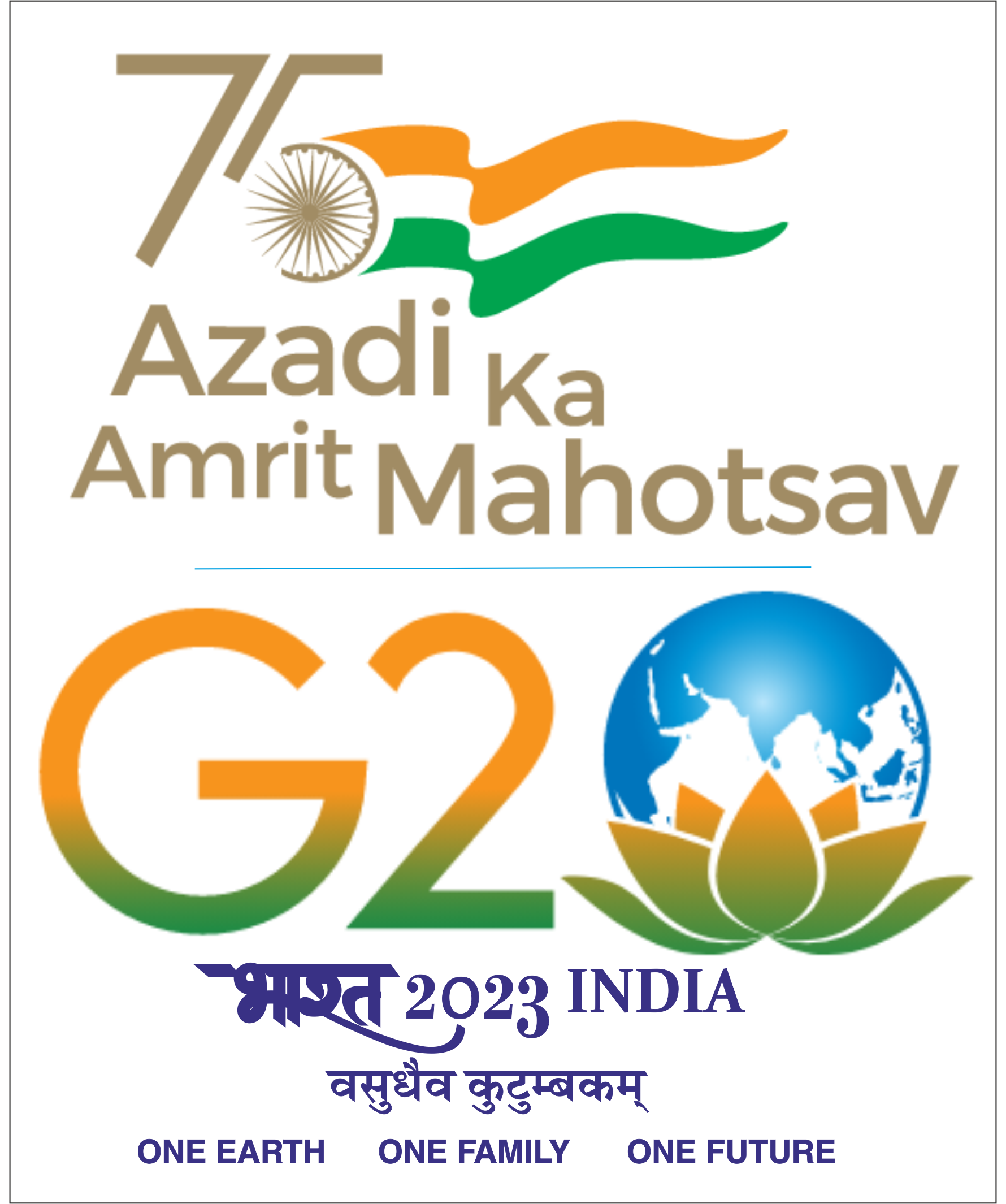Ms. Meeta Gupta will present her Pre-synopsis as per the details:
Date and Day: 9th April 2025, Wednesday
Time Slot: 11:30 AM -12:30 PM (IST)
Meeting Link :
Topic: Impact assessment on groundwater availability during non-monsoon irrigation season in a semi-arid region of India
Guide: Prof. Pennan Chinnasamy (IITB) and Dr. Tim Peterson (Monash University)
RPC Members: Prof. Bellie Sivakumar (IITB) and Prof. Ian Cartwright (Monash University)
Abstract:
Assessing groundwater response to natural and human-induced drivers is critical for sustainable water resource management. While groundwater depletion studies typically assess climate variability and anthropogenic impacts - such as pumping, independently, this research evaluates their combined effects on groundwater availability during the non-monsoon season in the semi-arid North Gujarat Region, Western India. An integrated framework comprising statistical analyses, time-series modeling, field-based monitoring, and numerical modeling was developed. A preliminary statistical investigation analyzed long-term spatial and temporal variations in groundwater levels and rainfall across 92 wells using parametric and non-parametric methods at annual and seasonal scales. Trend detection revealed increasing groundwater levels in 68% of wells; however, only 36% showed statistically significant trends, suggesting localized influences such as managed recharge and or reduced pumping. Despite an increasing trend observed in rainfall at all the locations, groundwater responses were inconsistent due to variations in hydrogeological conditions and anthropogenic activities. Strong same-season rainfall-groundwater correlations dominated eastern areas, indicating direct recharge, whereas weaker, delayed responses occurred in the western region.
Building on the statistical trend analysis, a time series modelling approach was employed to distinguish climate-influenced wells from those influenced by anthropogenic activities. Unlike conventional studies prioritising calibration accuracy, this research emphasized predictive performance to ensure a more reliable classification of climate-driven and human-influenced groundwater systems. To achieve this, the HydroSight model, employing a transfer function noise approach, was applied to the 92 groundwater wells in North Gujarat, evaluating both calibration and predictive skill over multiple evaluation periods. Standard performance metrics (Coefficient of Efficiency) and probabilistic measures (Continuous Ranked Probability Score) were assessed over 2, 4, and 8-year evaluation periods. Results indicated that calibration accuracy alone (CoE) was insufficient for robust classification. Probabilistic forecasting (CRPS) provided spatially and temporally consistent classifications, identifying climate-driven groundwater variability primarily in eastern districts. Specifically, 51%, 48%, and 37% of wells showed climate dominance across the respective evaluation periods. The coherence of classifications with independent field data and land-use patterns validated the robustness of the probabilistic approach.
Building on the findings from the time-series modeling that groundwater dynamics in North Gujarat vary spatially—influenced by the climate in the east, anthropogenic activities in the west, and mixed in the central region—next, the impact of anthropogenic activities – groundwater pumping for irrigation was assessed. The impact of anthropogenic activities, specifically groundwater pumping for irrigation, was further assessed through historical trend analyses and field investigations. Increasing irrigation demand, driven by shifts toward water-intensive crops such as wheat and advances in drilling and pumping technology, led to extensive groundwater extraction. Over 26 years, over-exploited administrative blocks nearly doubled, intensifying the groundwater stress in the region. Field measurements revealed severe depletion, with over 60% of wells in Patan and parts of Mehsana exceeding 70 m depth, compared to government records, primarily focused on unconfined aquifers, indicating groundwater levels within 40 m. Farmers reported groundwater declines beyond 120 m, threatening irrigation sustainability for smallholders.
Further, to quantify the contribution of pumping and climate on groundwater recharge, a numerical model – SWAT-MODFLOW was employed for the Saraswati and Rupen River basin. Model calibration, validation, sensitivity, and uncertainty analyses were conducted using the SUFI-2 algorithm on a daily time step, utilizing observed streamflow data from a single site available from 1990-2014. SWAT calibration and validation achieved satisfactory performance (NSE: 0.58-0.65, R²: 0.60-0.79, RSR: 0.61-0.65), with uncertainty analysis capturing 70% of streamflow observations within the 95% confidence band. The MODFLOW model has been developed to simulate groundwater flow dynamics across the unconfined aquifer layer. The model setup involved defining the groundwater system’s conceptual and numerical framework, incorporating aquifer geometry, recharge, evapotranspiration, and well extraction data. The model was configured using a 1000 × 1000 m computational grid and stress packages for recharge, well extraction, and river interactions. The calibration and scenario testing of MODFLOW were carried out using the PEST calibration scheme to provide volumetric estimates for groundwater recharge under different scenarios. This comprehensive, integrated framework effectively distinguishes the relative contributions of climate variability and anthropogenic pumping on groundwater dynamics, providing crucial insights for sustainable groundwater management in data-scarce, semi-arid environments.





